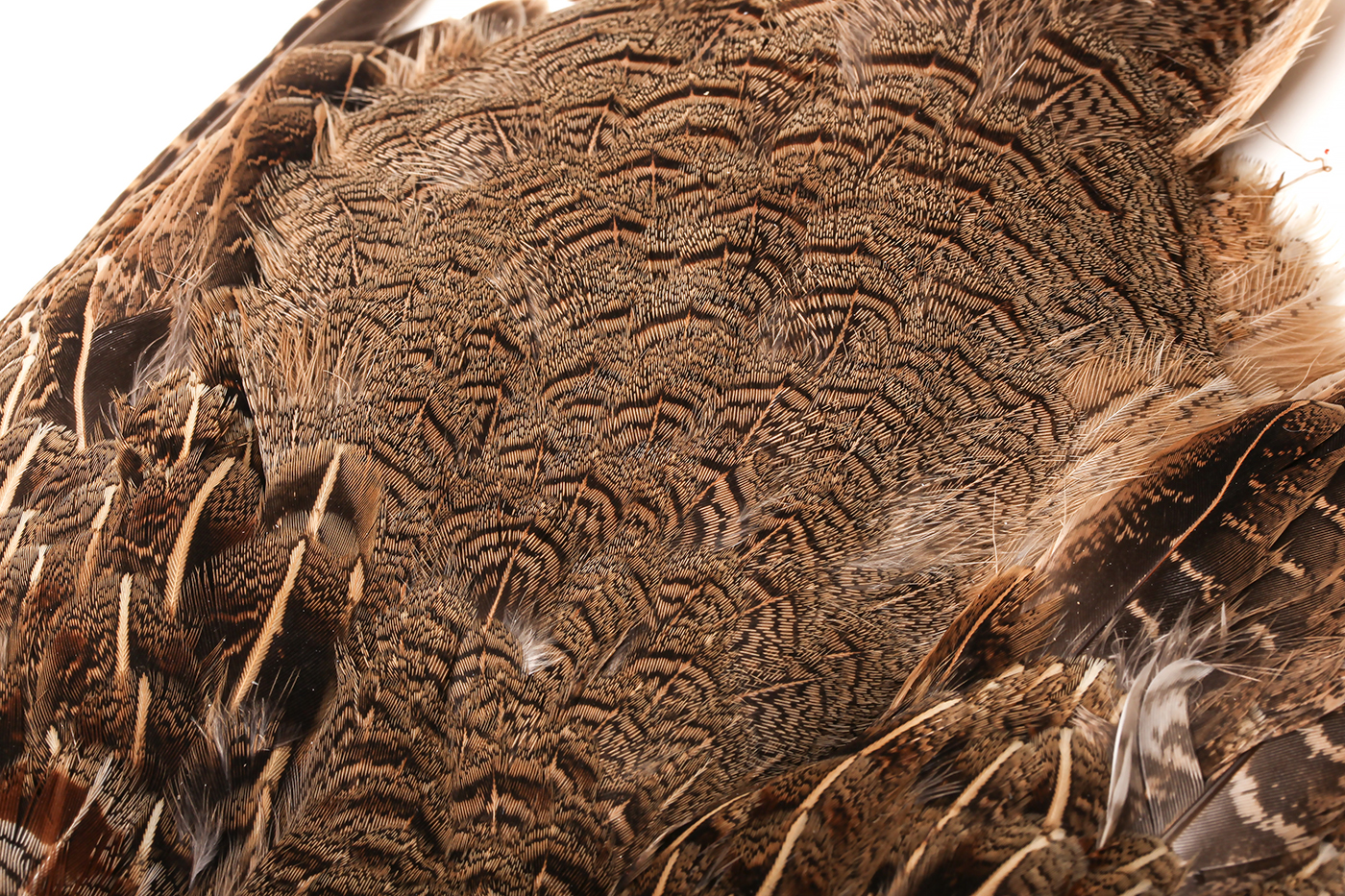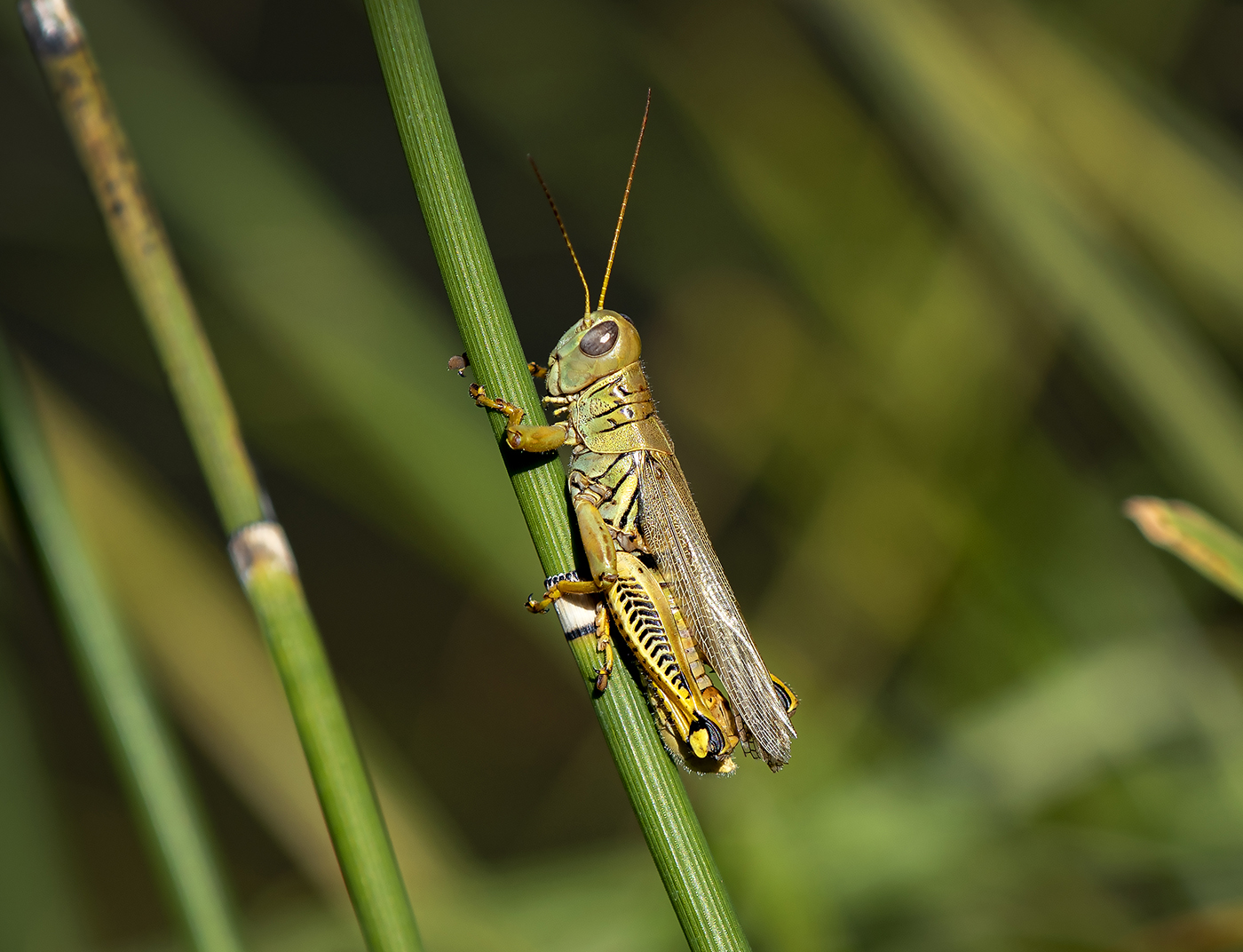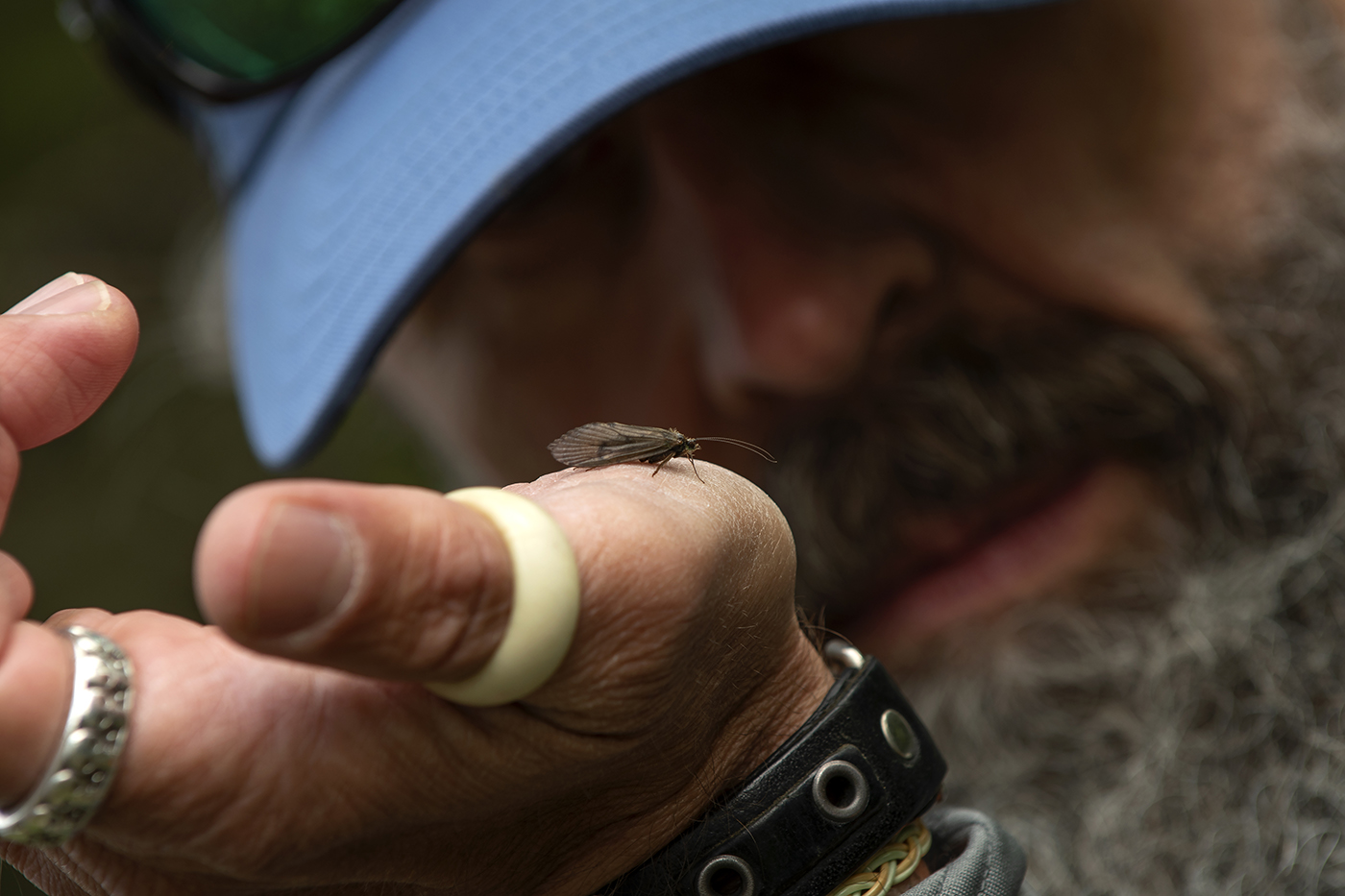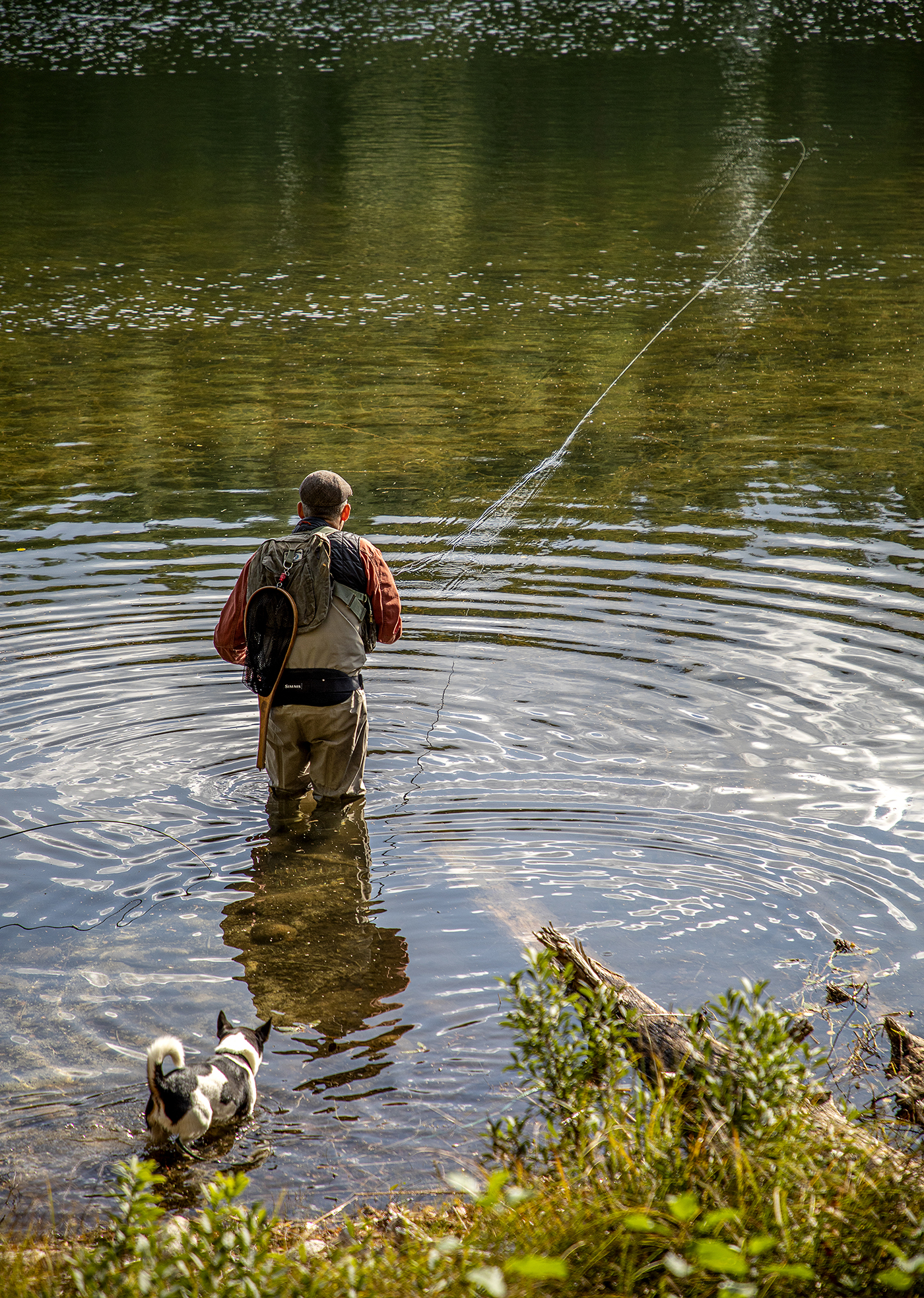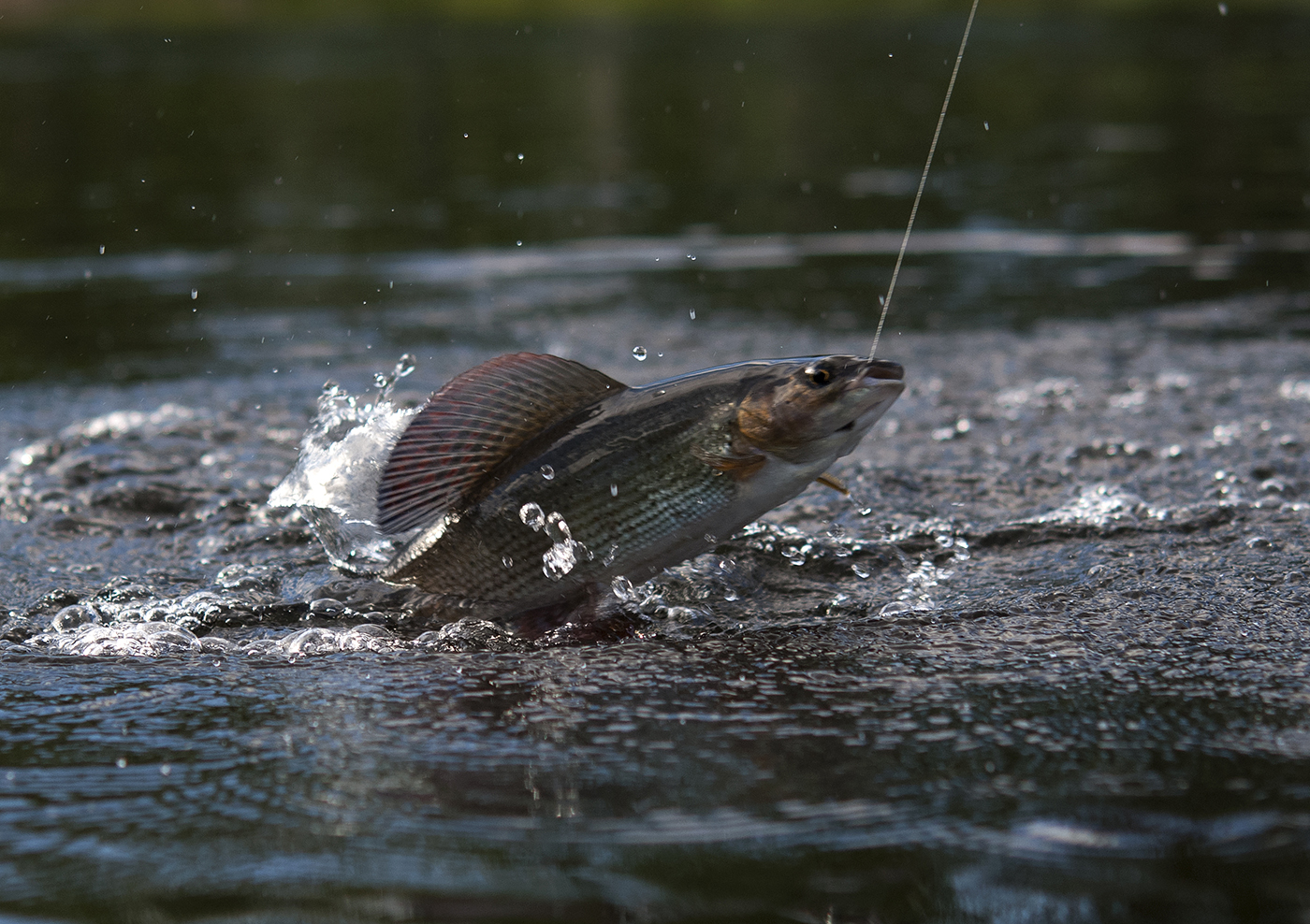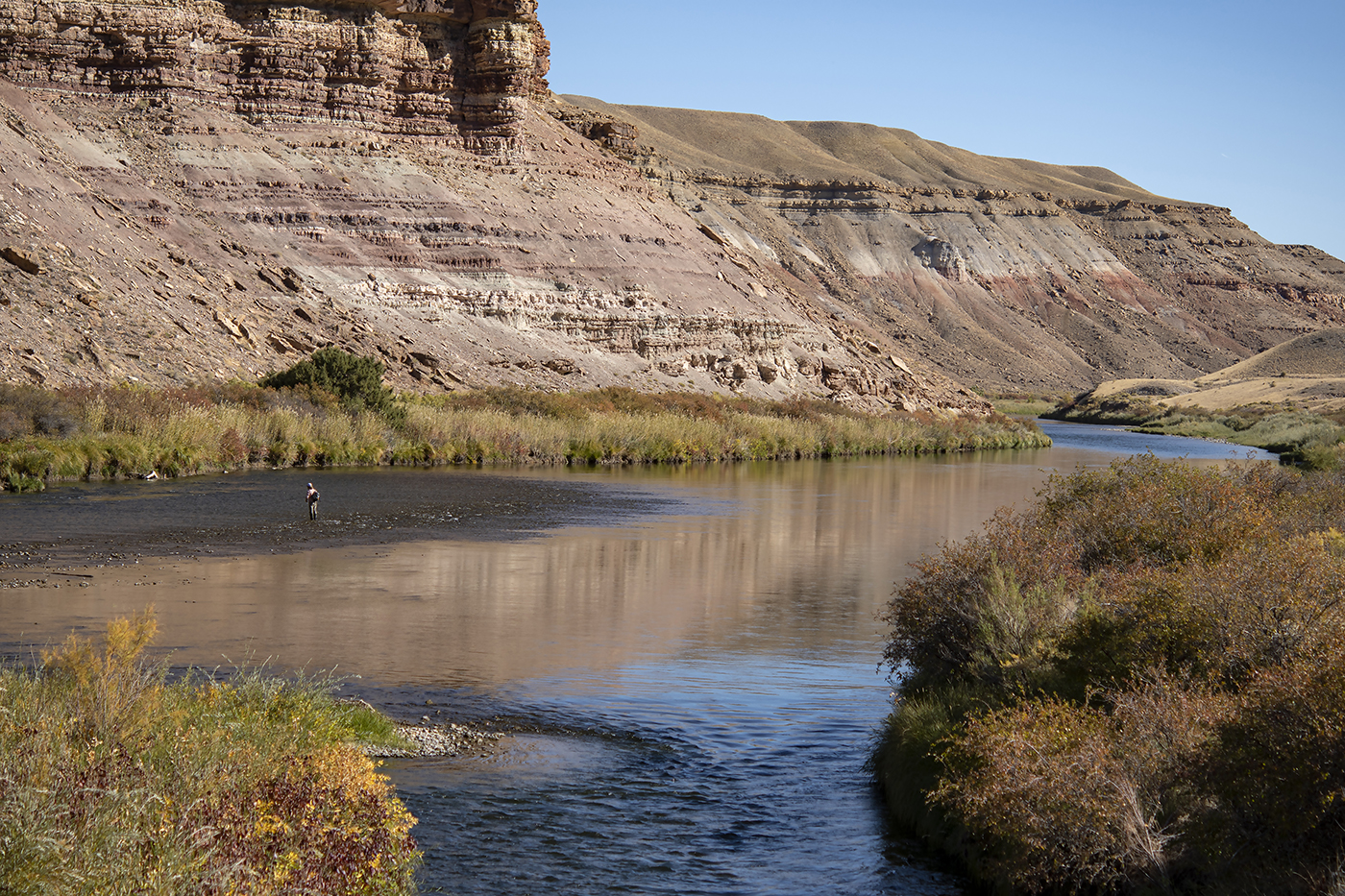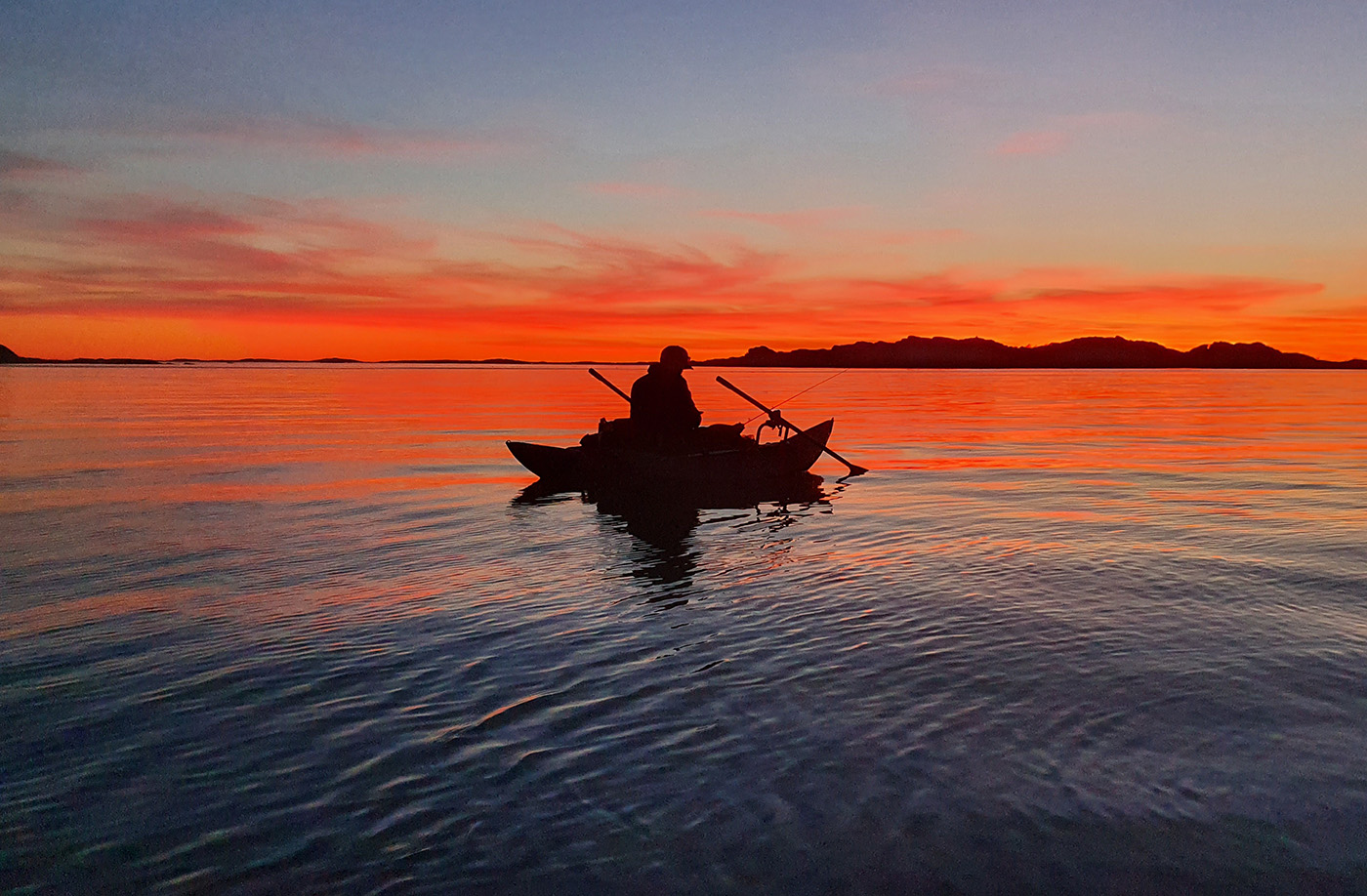
Our Swedish friend, Joel Skoghäll once again has provided us with some material for the blog that we’re very happy share. This time, a cripple-version of one of the most famous American dry flies, the classic Adams. The fly is a old one – from 1922, where Michigan fly tyer Leonard Halladay tied it on the request of his friend, Charles F. Adams. The classic Adams is a traditionally hackled dry fly with upright, hackle-tip wings. A parachute-version is a well known variation and here, Joel presents a crippled merger version.
I’ll give the word to Joel:
Continue reading “Adams CDC Cripple”
